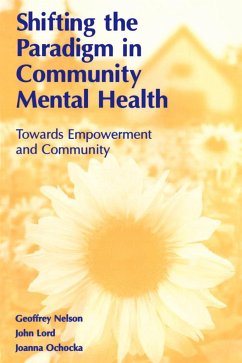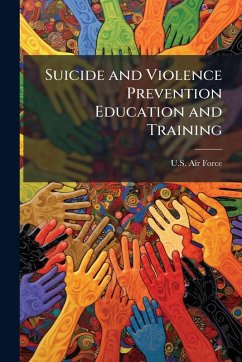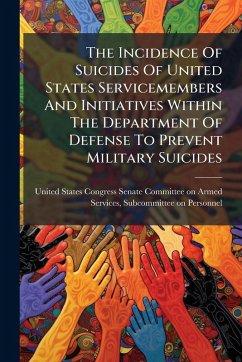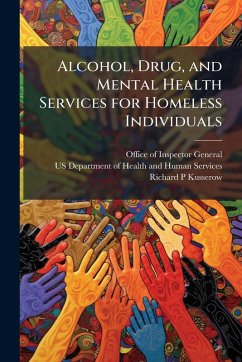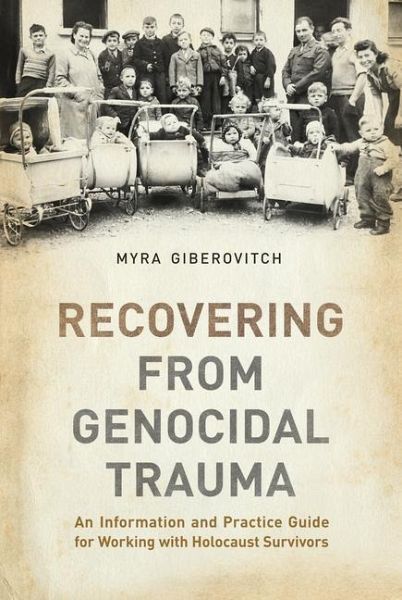
Recovering from Genocidal Trauma
An Information and Practice Guide for Working with Holocaust Survivors

PAYBACK Punkte
24 °P sammeln!
Since the Second World War people have become aware of the trauma associated with genocide and other crimes against humanity. Today, assisting mass atrocity survivors, especially as they age, poses a serious challenge for service providers around the world. Recovering from Genocidal Trauma is a comprehensive guide to understanding Holocaust survivors and responding to their needs. In it, Myra Giberovitch documents her twenty-five years of working with Holocaust survivors as a professional social worker, researcher, educator, community leader, and daughter of Auschwitz survivors. With copious p...
Since the Second World War people have become aware of the trauma associated with genocide and other crimes against humanity. Today, assisting mass atrocity survivors, especially as they age, poses a serious challenge for service providers around the world. Recovering from Genocidal Trauma is a comprehensive guide to understanding Holocaust survivors and responding to their needs. In it, Myra Giberovitch documents her twenty-five years of working with Holocaust survivors as a professional social worker, researcher, educator, community leader, and daughter of Auschwitz survivors. With copious personal and practical examples, this book lays out a strengths-based practice philosophy that guides the reader in how to understand the survivor experience, develop service models and programs, and employ individual and group interventions to empower survivors. This book is essential for anyone who studies, interacts, lives, or works with survivors of mass atrocity.








